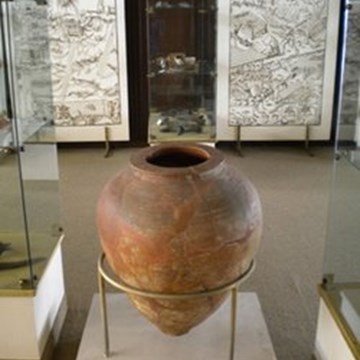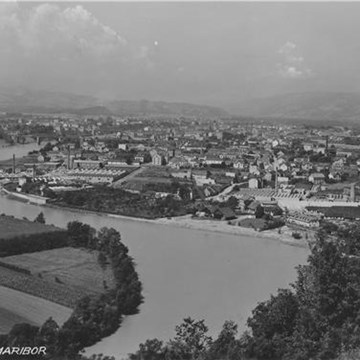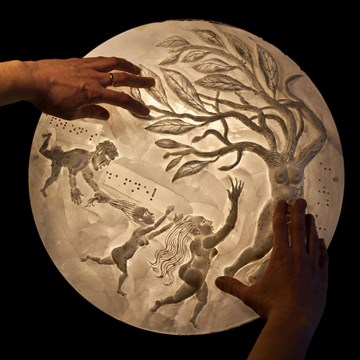Jean Lafitte National Historical Park and Preserve
Jean Lafitte National Historical Park and Preserve was established to preserve nationally significant examples of the rich natural and cultural resources of Louisiana's Mississippi Delta region. The park seeks to illustrate the influence of environment and history on the development of a unique regional culture.The park consists of six physically separate sites and a park headquarters located in southeastern Louisiana. The sites in Lafayette, Thibodaux, and Eunice interpret the Acadian culture of the area. The Barataria Preserve (in Marrero) interprets the natural and cultural history of the uplands, swamps, and marshlands of the region. Six miles southeast of New Orleans is the Chalmette Battlefield and National Cemetery, site of the 1815 Battle of New Orleans and the final resting place for soldiers from the Civil War, Spanish-American War, World Wars I and II, and Vietnam. At 419 Decatur Street in the historic French Quarter is the park's visitor center for New Orleans. This center interprets the history of New Orleans and the diverse cultures of Louisiana's Mississippi Delta region. The park headquarters is located in New Orleans.
New Orleans Jazz National Historical Park falls under the jurisdiction of Jean Lafitte National Historical Park and Preserve.New Orleans Jazz National Historical Park was established to celebrate the origins and evolution of America's most widely recognized indigenous musical art form.
A story rich with innovation, experimentation, controversy and emotion, the park provides an ideal setting to share the cultural history of the people and places that helped shape the development and progression of jazz in New Orleans.
Through interpretive techniques designed to educate and entertain, New Orleans Jazz NHP seeks to preserve information and resources associated with the origins and early development of jazz in the city widely recognized as its birthplace.
Exhibitions and events
We don't have anything to show you here.
Educational programs
We don't have anything to show you here.
Collections
We don't have anything to show you here.














